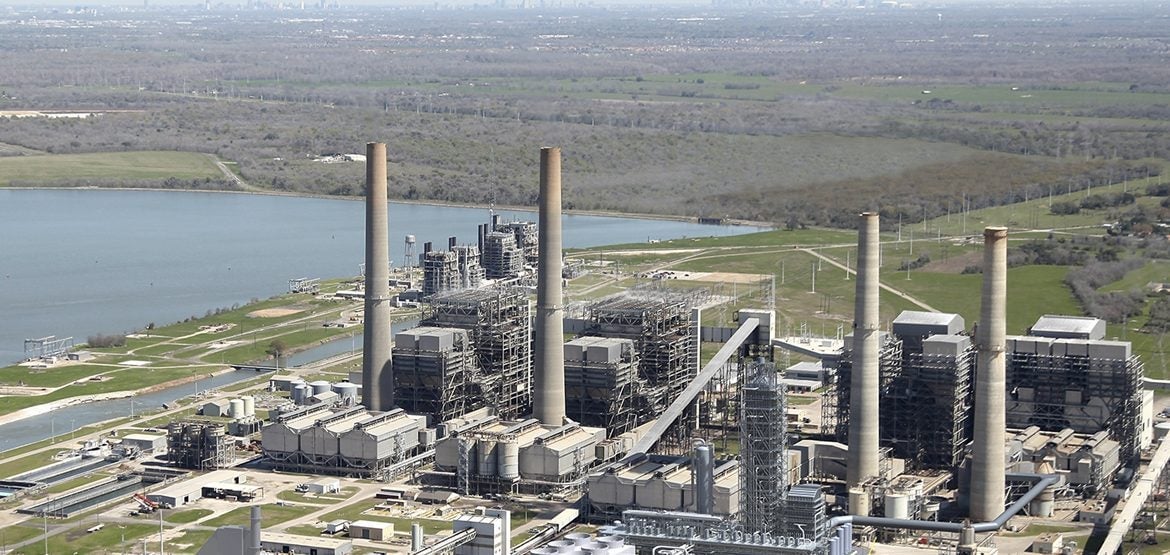The world’s largest carbon-capture power station will soon open—on schedule and within budget
When they fire up the Petra Nova system at the W.A. Parish power plant this year, it will become the world’s largest coal plant capable of capturing its own carbon, perhaps extending a lifeline for coal in an era of severe climate change (pdf).


When they fire up the Petra Nova system at the W.A. Parish power plant this year, it will become the world’s largest coal plant capable of capturing its own carbon, perhaps extending a lifeline for coal in an era of severe climate change (pdf).
The 240-megawatt facility outside Houston, Texas, is expected to capture 90% of the carbon dioxide from its exhaust gas, and pump it 80 miles away before injecting it into depleted oil wells out of the atmosphere, according to Scientific American. The billion-dollar Petra Nova project is a joint venture between Japan’s largest oil producer and Texas-based NRG Energy.
Petra Nova is set to succeed where others carbon capture systems have failed because it is not a risky new technology. It uses decades-old “scrubbing” technology to extract CO2 from combustion gasses—perhaps the most proven of the three main carbon-capture approaches for coal. Petra Nova uses a commercial ammonia-based scrubber already manufactured by Mitsubishi that has been modified and bolted on to the existingW.A. Parish coal power plant at an unprecedented scale.
“The technology we’re using is definitely evolutionary, not revolutionary,” said David Greeson, vice president for development at NRG Energy, in Scientific American. “We had to execute and know what the deal was going to be before we started.” Electricity from the plant will cost the same as conventional power because the costs of the project are offset energy companies are paying for the CO2. By pumping the waste gas into rock formations in abandoned wells, the oil firms can recover the last bits of crude oil in those wells, and then sequester the CO2 underground.
Petra Nova is one of the few bright spots for ”clean-coal” technology dragged down by years of political ambivalence and technical difficulties. Building new plants with innovative technology has proved daunting. The most visible disappointment so far has been Mississippi’s $6.8 billion Kemper County Energy Facility. Once touted as the future of coal, the plant is now three times over budget and years overdue, plagued by poor project management and possibly fraud, reports The New York Times.
Only 14 carbon capture and storage plants exist in the world beyond the proof-of-concept stage, and skeptics question whether capturing CO2 from fossil fuels, rather than keeping them in the ground, is realistic on a global scale. But global fossil fuel emissions continue to rise, and countries have found it impossible to quit their addiction to carbon in oil, gas, and coal. Carbon capture may prove to be a bridge technology to reach a low-carbon future.